There are a wide range of adaptive outdoor sports for wheelchair users that will have you soaring in the air, flying through the forest and riding the waves. Do you love the thrill of the moment as you immerse yourself in an exciting outdoor sport? It’s time to allow your emotional baggage to vanish and participate in a variety of exciting adventures. Invite your friends along as you indulge in the following adaptive outdoor sports adventures.
Surfing
Surfing for wheelchair users has been around for more than a decade and is increasingly becoming popular. There are two types of adaptive surfboards to choose from. The seated style is referred to as the wave ski. This type allows you to sit on the board and use paddles to move the board. The Prone style allows you to ride the surf board while lying on your stomach, using your arms as paddles. Adaptive surfboards are specifically designed for functionality and safety. They have a rise in the front portion of the board to prevent nosing inward when catching a wave. The surf boards are capable of holding in a surfer’s legs with foam pads. A foam pad is also located under the chest to assist with keeping your head up while surfing. Handles are used to enable shifts of weight for turning purposes.
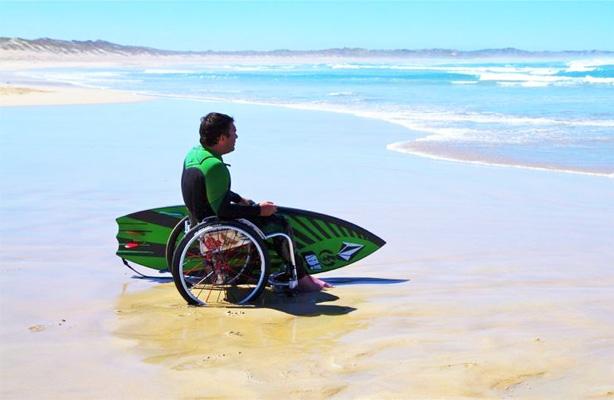
Otter Baily)
Skydiving
Skydiving is a well-controlled activity that provides plenty of thrills for daredevils. This exciting sport involves falling out of a plane and free fall towards earth with a parachute. Tandem jumps involve an adaptive tandem harness that allows you to strap your legs to the instructors which gives the instructor access to pull a specific cord that lifts your legs in preparation for landing.
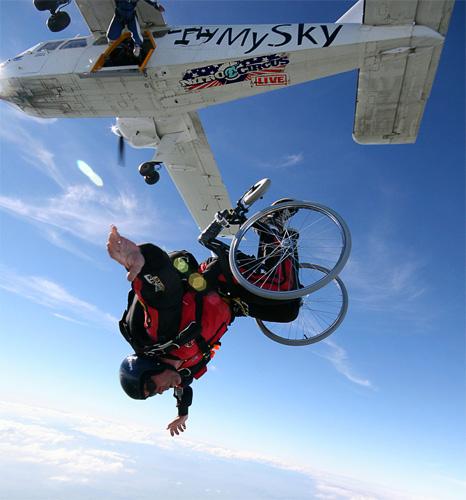
Paragliding
Paragliding makes you feel like you are soaring like an eagle. Adaptive lessons offer sessions in a custom three-wheel chair designed specifically for paragliding. You also have the option to use the standard tandem harness that supports the torso with straps that fit over the shoulders, in front of the chest and around the waist and legs.
Paragliding involves reaching a flying altitude of around 1,500 feet and releasing the tow line as you glide down and use rising air to stay upward. If you happen to fall in love with this outdoor sport you can become a licensed paraglider. There are already a handful of licensed paraglider pilots who are wheelchair users in the United States.
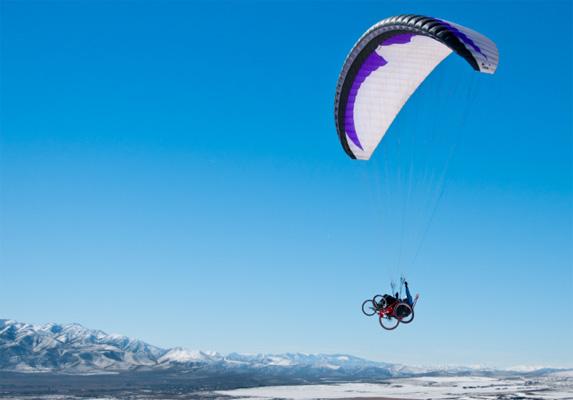
Sailplane Flying
Sailplane flying doesn’t require any adaptation and is accessible for wheelchair users. For added comfort you may want to bring along a comfortable cushion for the seat. Sailplaning involves being towed by a power plane to take flight. Once altitude is reached the pilot releases the towrope. You use a joystick that is mounted on the left side to control the rudder and another joystick that is located in between the legs, which controls roll and pitch. Depending on the weather, you can have a relaxing smooth flight or for the more adventurous, you can have an aerobatic ride, which includes doing spins, rolls and loops.
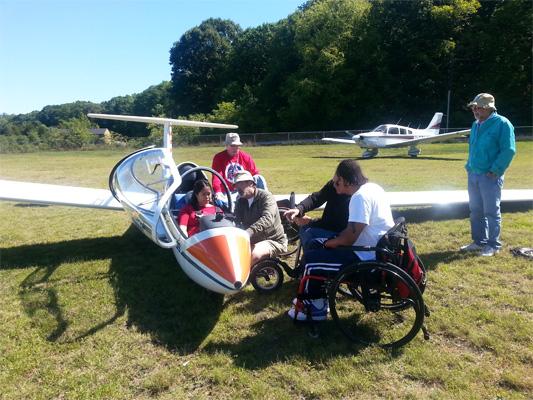
Hang Gliding
Hang gliding involves being tied to an ultralight aircraft that allows you to glide in the sky. During a tandem ride you will wear a harness that supports your body, feet and legs and attaches to the pilot. The glider contains wheels for rolling on launch and landing. When hang gliding with a pilot, you need to be capable of holding your head up. However, no arm movement is required during the session. If you would like to learn to fly solo, hand and arm movement is required.
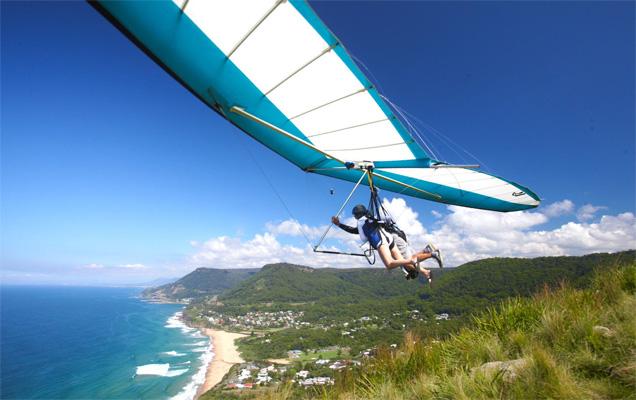
Zip Lining
Wheelchair users who enjoy zipping through forests and other scenic areas will be delighted to learn that there are about 250 adaptive zip lines located throughout the United States. Adaptive zip lines provide a wheelchair accessible trail that leads you to the zip line or a wheelchair accessible chair lift that rises you to the zip line. The professional will assist you in getting safely harnessed to the zip line and prepare you for an exciting adventure. Some zip lines have the capability of reaching up to 45 miles per hour. The staff at adaptive zip line locations transfer your wheelchair to the end of the experience so it is waiting for you when you are ready.
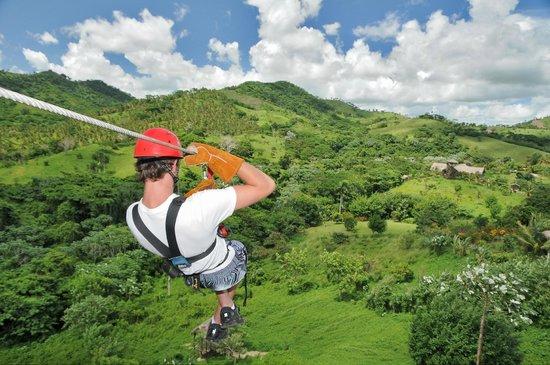
As the adaptive outdoor sports for wheelchair users gains exposure, it will attract more participants and other outdoor sports looking into inventive ways to provide options for those who have mobility issues. Often, wheelchair users become fascinated with a specific sport and become licensed or certified so they can have the opportunity to enjoy the adventure without a guide or instructor. Try these exciting outdoor sports and add adventure to your life.
